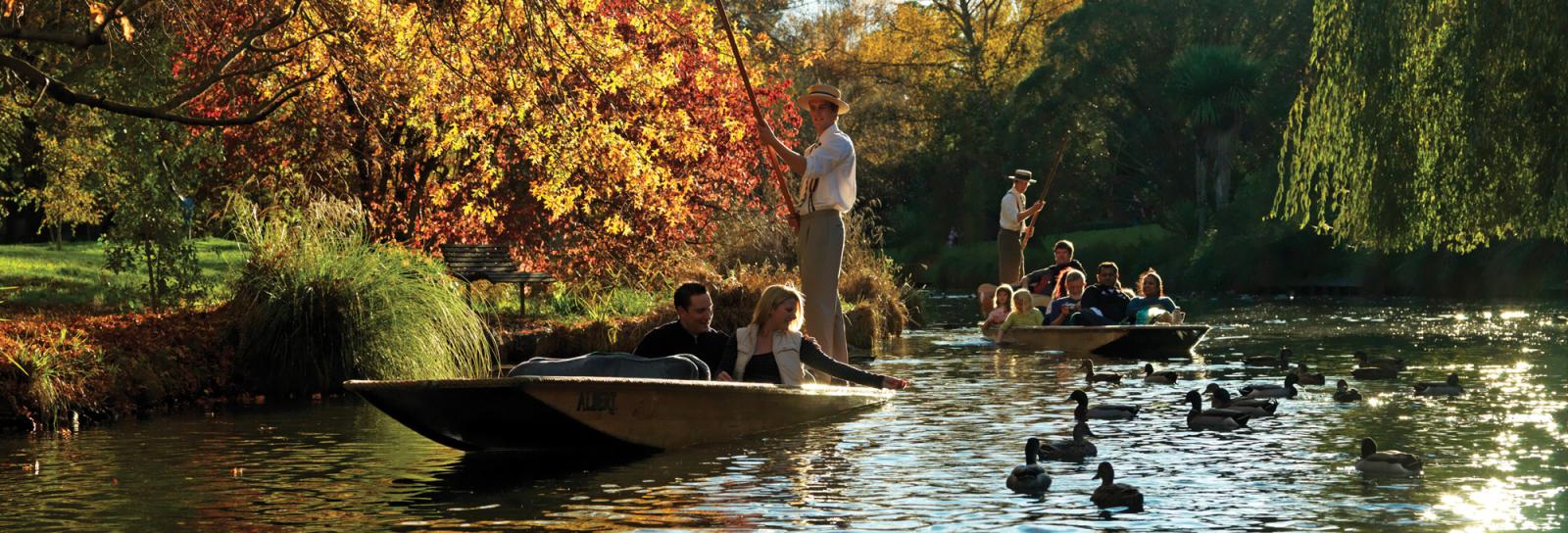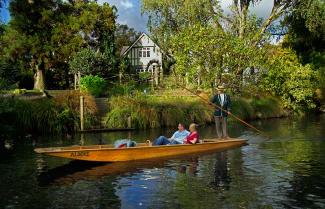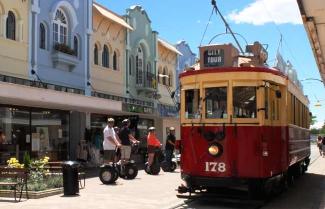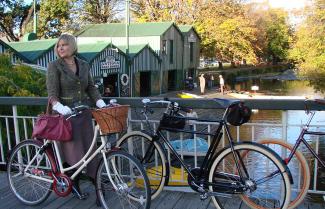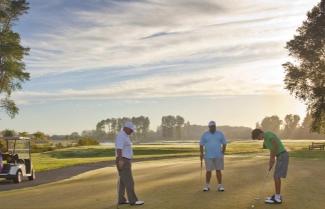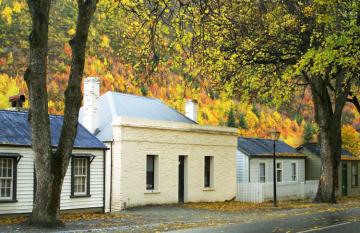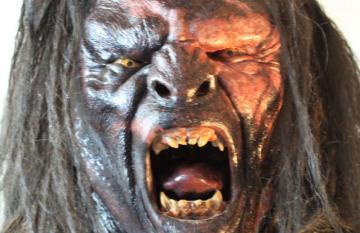
Christchurch has an interesting history going back as far as the moa hunting tribes in the 1200s. They hunted one of New Zealand’s most magnificent birds to extinction. Maori tribes followed often fighting each other in civil wars and depleting their numbers severely. It wasn’t until the early Europeans settled after James Cooks discovered New Zealand in 1870 that civilization as we know it was established.
Christchurch
The city is small enough to be negotiated on foot with the wonderful advantage of being perfectly flat. It is characterised by streets with traditionally English names, a number of colourful parks and gardens, and the River Avon, which bisects the city and is flanked along the way with willow trees and ornate bridges.
Hagley Park, to the western side provides a large open space for a whole host of activities ranging from genteel weekend walks, to the very Kiwi style touch rugby and volleyball league games that take place throughout the year. Here you will also find the charming Botanical Gardens, with geraniums, chrysanthemums and carefully edged, perfectly manicured lawns with not a blade of grass out of place.
The extensive Canterbury Plains which surround Christchurch are one of the driest and flattest regions of New Zealand, fertile farmland framed by the snow capped peaks of the ever-present Southern Alps.
The earthquake and aftershocks that the region experienced in 2011 left Christchurch with substantial damage, most notably in the central business district and the eastern suburbs. Whilst obviously it has been a distressing episode in the city's history it is also an exciting time in terms of what is to come. Full re-construction of the city is an on-going project and is likely to take at least ten years. However, in the short term there are some wonderfully creative approaches to (quite literally) filling in the gaps, with interesting murals appearing on blank walls, the use of shipping containers to house shops, and open spaces being turned in to meeting places with pop-up cafes and market stalls.
This, along with a seemingly indomitable community spirit, means that Christchurch is still worth visiting and remains a good base for other nearby activities.

